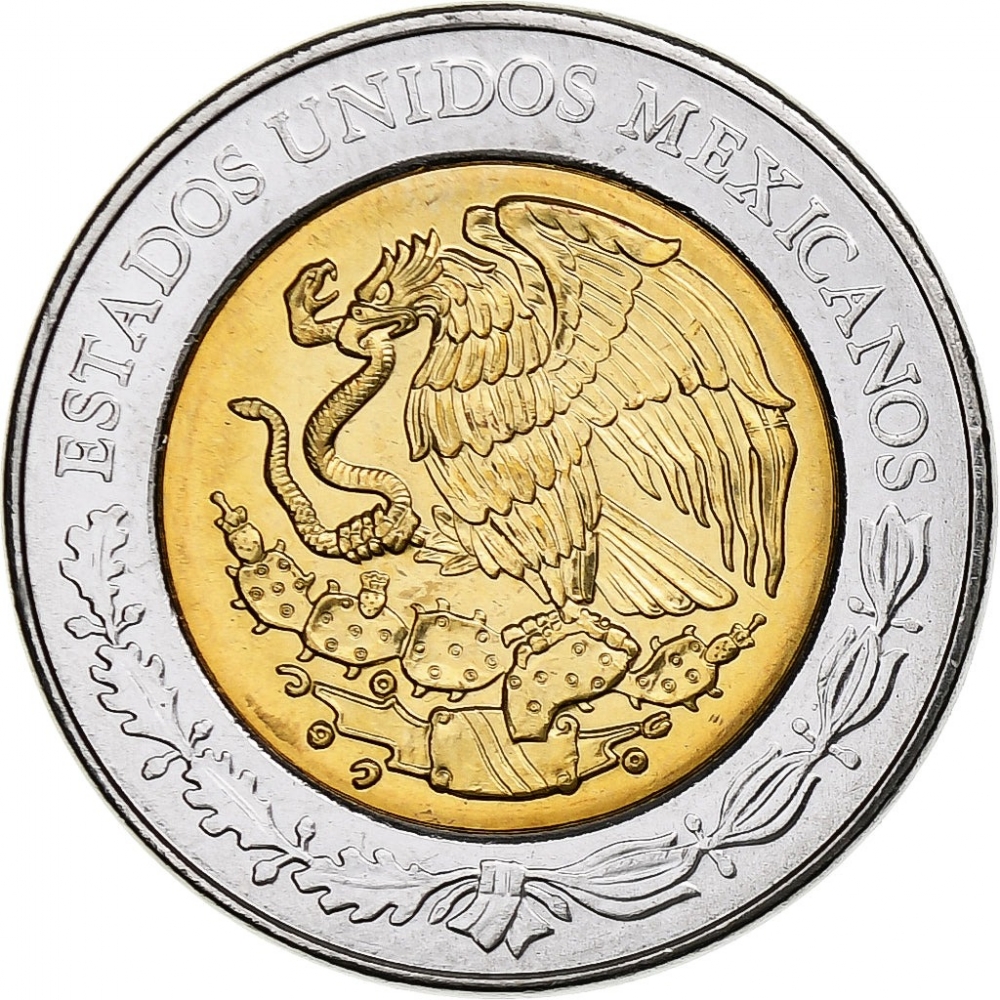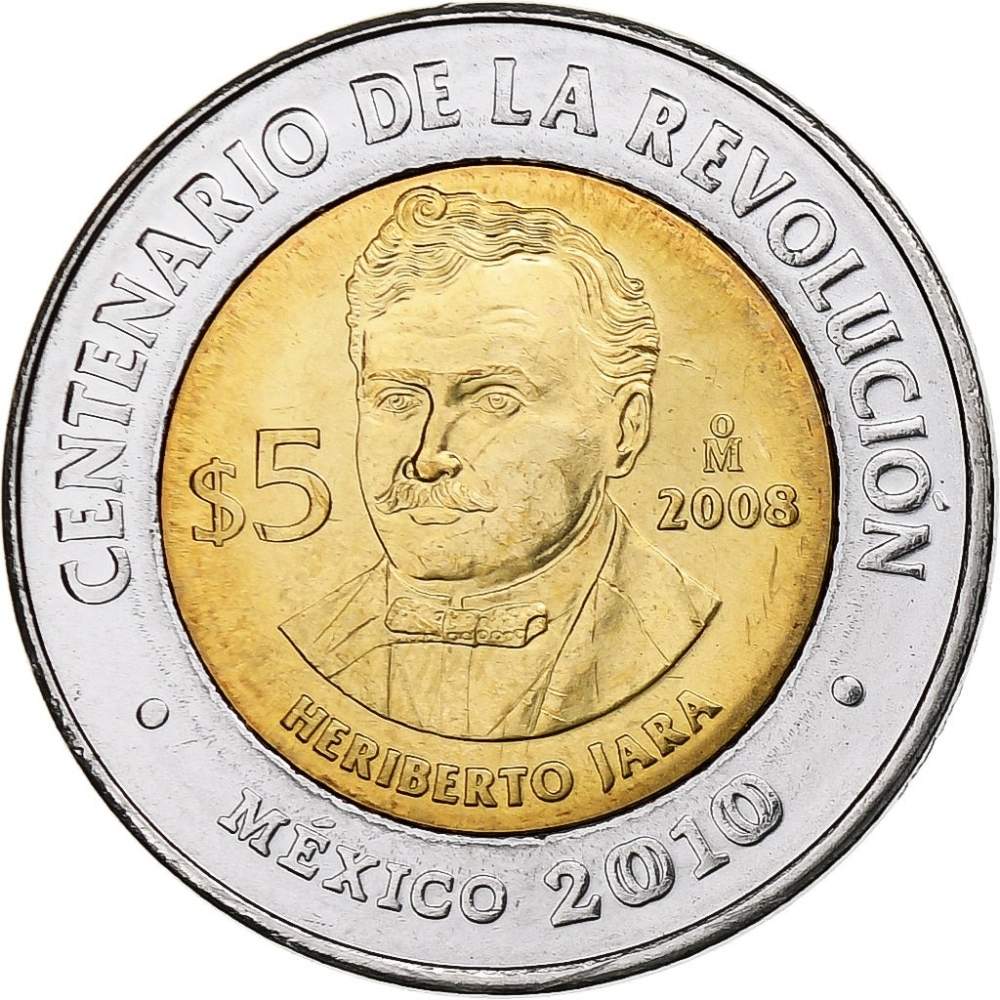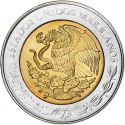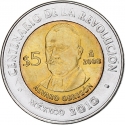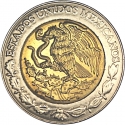You are about to finish your registration. Please check your mailbox (including spam folder). There should be a letter with a confirmation link. Check setting to make sure that your e-mail address is correct.
Send letter againDescription
The Mexican Revolution was a major armed struggle c. 1910–1920 that radically transformed Mexican culture and government. Its outbreak in 1910 resulted from the failure of the 35-year long regime of Porfirio Díaz to find a managed solution to the presidential succession. Wealthy landowner Francisco I. Madero challenged Díaz in 1910 presidential election, and following the rigged results, revolted under the Plan of San Luis Potosí. Armed conflict ousted Díaz from power and a new election was held in 1911, bringing Madero to the presidency.
In February 1913 Madero and his vice president Pino Suárez were forced to resign, were assassinated, and the counter-revolutionary regime of General Victoriano Huerta came to power, backed by the U.S., business interests, and other supporters of the old order. Huerta remained in power from February 1913 until July 1914, when he was forced out by a coalition of different regional revolutionary forces. Then the revolutionaries' attempt to come to a political agreement following Huerta's ouster failed, and Mexico was plunged into a civil war (1914–1915). The armed conflict lasted for the better part of a decade, until around 1920. Over time the Revolution changed from a revolt against the established order under Díaz to a multi-sided civil war in particular regions with frequently shifting power struggles among factions in the Mexican Revolution.
Obverse

|
Depicts the seal of the United Mexican States. ESTADOS UNIDOS MEXICANOS |
|---|---|
Reverse

|
Heriberto Jara (1866-1939) was a union member, military man, politician, and revolutionary from Veracruz. He was one of the first to graduate from the Antón Lizardo Naval Academy. He directed, in 1914, the action of the cadets of this school against the North American invasion. He joined the Constitutionalist Army and attained the rank of General. He was a congressional representative for his native state to the Constitutional Congress of Querétaro. In Congress, he joined the radical group and greatly influenced the edition of Article 123, as well as others that gave profound social meaning to the Constitution. A well-known figure in both Veracruz and national politics, he occupied several government positions when the Revolution was over until he retired to private life. Heriberto Jara was a distinguished man who dedicated his life to attaining revolutionary ideals. CENTENARIO DE LA REVOLUCIÓN |
| Edge |
5 Pesos
100th Anniversary of the Mexican Revolution
Heriberto Jara
Subscribe series
KM# 901
100th Anniversary of the Mexican Revolution
Heriberto Jara
Characteristics
| Type | Commemorative Issue (Circulating) |
| Material | Bi-Metallic |
| Ring | Stainless Steel |
| Center | Aluminium Bronze |
| Weight | 7.07 g |
| Diameter | 25.5 mm |
| Thickness | - |
| Shape |
|
| Alignment | Coin |
| Mint |
Mexican Mint (Mo)
|
